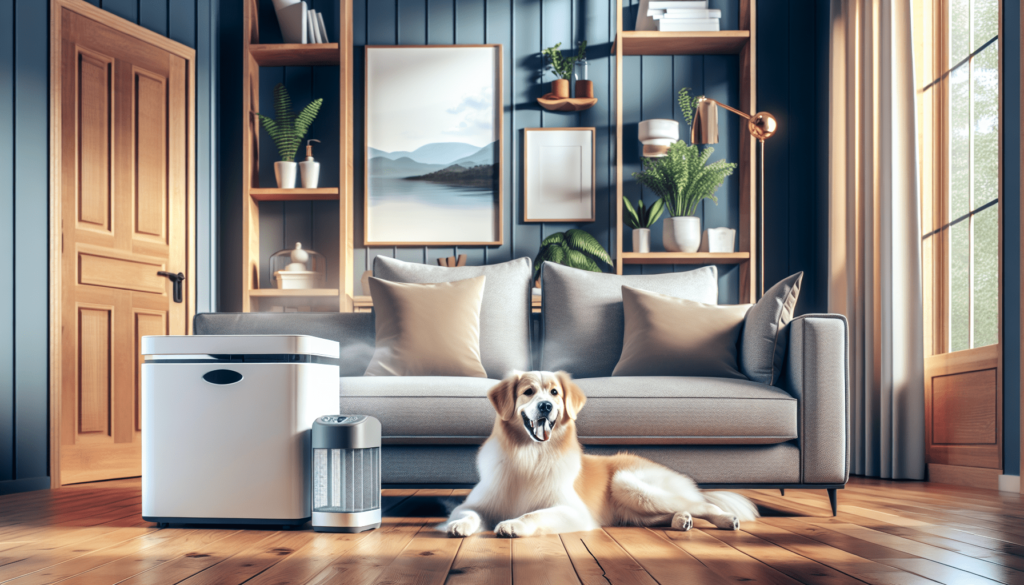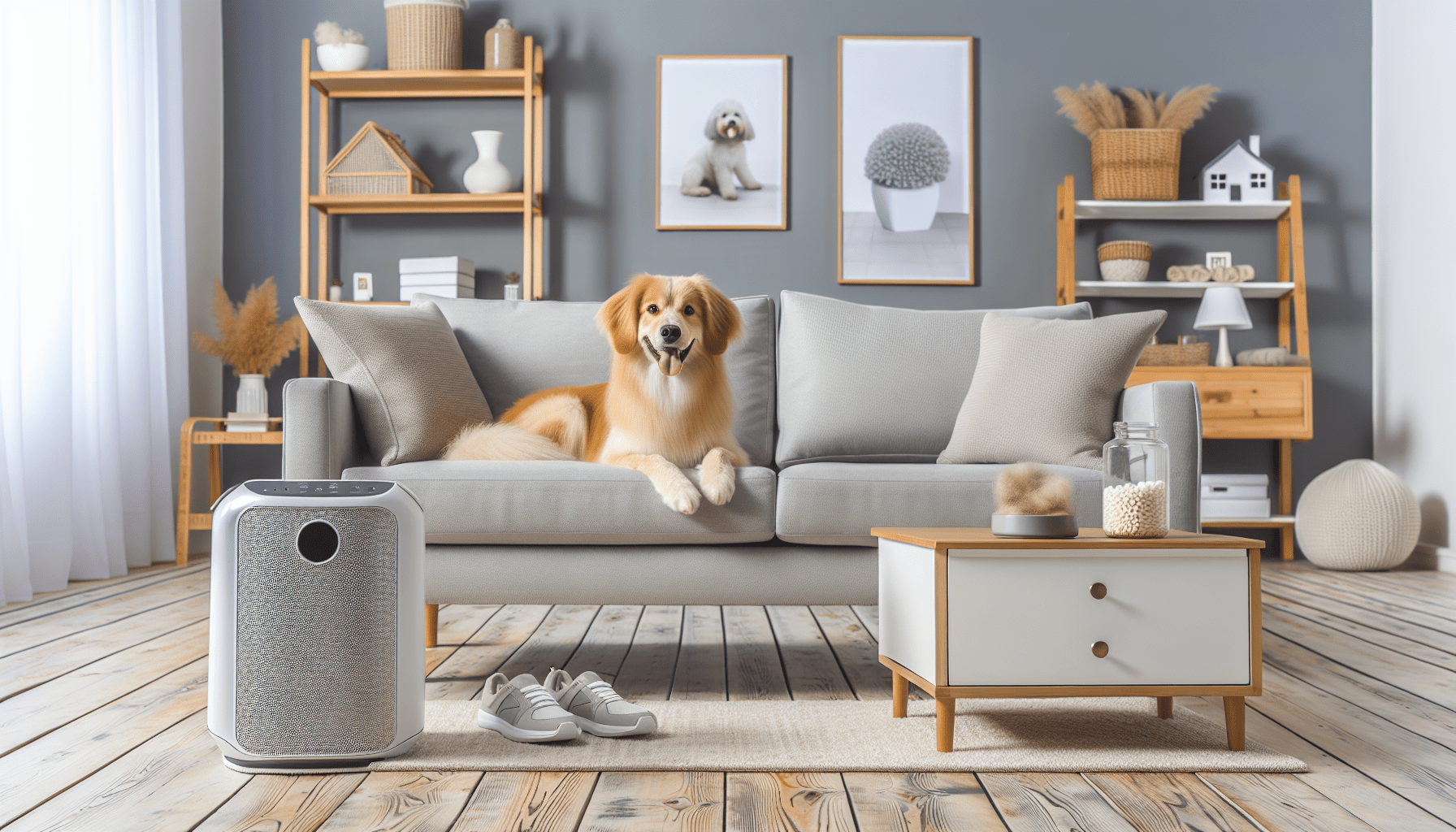Are you a pet lover struggling with pesky allergens? “Effective Strategies for Reducing Pet Allergens” offers you a treasure trove of practical tips to help manage and minimize the presence of pet allergens in your home. This article dives into tried-and-true methods, from regular grooming routines to specialized cleaning techniques, ensuring both you and your furry friends can share your home comfortably. Join us and discover how simple changes can lead to big improvements in your allergy management. Have you ever found yourself sneezing, coughing, or dealing with itchy eyes shortly after enjoying quality time with your beloved pet? You’re not alone! Pet allergens can wreak havoc on your well-being, but the good news is that there are effective strategies to minimize their impact in your home. In this article, we’ll explore comprehensive approaches to help you reduce pet allergens and make your living space more comfortable and enjoyable.
Understanding Pet Allergens
Before diving into the strategies, let’s first understand what pet allergens are. Pet allergens are proteins found in a pet’s skin cells, urine, and saliva. When animals shed these particles, they can trigger allergic reactions in sensitive individuals.
Common Sources of Pet Allergens
It’s important to identify where pet allergens are most commonly found so you can target your efforts effectively. Here are some of the typical hotspots:
| Source | Details |
|---|---|
| Pet Dander | Tiny, even microscopic flecks of skin shed by cats, dogs, rodents, birds, and other animals with fur or feathers. |
| Saliva | Pets clean themselves by licking their fur, and when the saliva dries, it can become airborne. |
| Urine | Especially relevant for cats using litter boxes and small pets like hamsters. |
| Fur and Hair | Though not allergens themselves, fur and hair can carry dander and other allergens. |
Symptoms of Pet Allergies
Recognizing symptoms is crucial to managing pet allergens. Common signs include:
- Sneezing
- Coughing
- Runny or stuffy nose
- Itchy, red, or watery eyes
- Skin rashes (such as eczema)
- Asthma symptoms, such as shortness of breath or wheezing
Effective Strategies for Reducing Pet Allergens
Let’s explore several practical strategies you can employ to reduce pet allergens in your home.
Regular Pet Grooming
Regular grooming can significantly decrease the amount of dander shed by your pet. Here’s how to do it effectively:
Bathing
Bathing your pet at least once a week can help manage dander levels. Use a pet-friendly, hypoallergenic shampoo to avoid skin irritation. Remember, consistency is key.
Brushing
Daily brushing can remove fur and dander before they end up scattered around your home. Use specific tools for your pet type— for instance, a de-shedding tool for dogs or a soft brush for cats.
Maintaining Clean Living Spaces
Keeping your living environment clean is crucial in managing pet allergens. Here are some tips:
Vacuuming
Vacuum your home frequently with a vacuum cleaner equipped with a HEPA filter to capture tiny allergen particles. Focus on areas where your pet spends most of their time.
Washing Bedding and Linen
Pet beds, your bedding, and other fabrics that your pet contacts should be washed regularly. Use hot water and hypoallergenic detergents for best results.
Air Purification
Invest in a good quality air purifier with a HEPA filter to reduce airborne pet allergens. Place it in the most commonly used rooms for maximum efficiency.
| Appliance | Recommendation |
|---|---|
| Vacuum Cleaner | HEPA filter equipped |
| Air Purifier | HEPA filter and ideally an activated carbon component. |
| Washing Machine | Hot water cycle with hypoallergenic detergent. |
Creating Pet-Free Zones
Designating certain areas as pet-free zones can effectively minimize allergen exposure:
Bedrooms
Your bedroom should ideally be off-limits to your pet. Consider using allergen-proof covers for your mattress and pillows for added protection.
Living Area
Creating a specific area for your pet to lounge and play can help contain the spread of allergens. This also makes cleaning up easier.
Managing Your Pet’s Diet
Believe it or not, your pet’s diet can impact allergen production. Opt for high-quality pet food, as a healthy diet promotes better skin health and less dander.
Optimizing Home Environment
Creating an environment that naturally reduces allergens can make a significant difference.
Flooring Choices
Carpets tend to trap allergens, so opting for hardwood, tile, or linoleum floors can make cleaning easier and reduce dander buildup.
Window Treatments
Heavy drapes and curtains can collect allergens. Consider using blinds or machine-washable curtains for ease of cleaning.
Ventilation
Ensuring good ventilation by frequently airing out your home can help disperse and reduce allergens in the air.

Health Considerations and Professional Help
Knowing when to seek professional advice can help you manage symptoms more effectively.
Consulting an Allergist
If you’re experiencing persistent allergic reactions, it might be time to consult an allergist. They can perform tests to determine your specific allergies and recommend appropriate treatment.
Medications
Over-the-counter and prescription medications, such as antihistamines and nasal sprays, can help manage symptoms. Always consult a healthcare provider before starting any medication.
Immunotherapy
Allergy shots (immunotherapy) may be an option for severe cases. This long-term treatment involves regular injections to build up tolerance to allergens over time.
Emotional and Practical Considerations
Living with pet allergies can be challenging, especially because our pets are family members. Here’s how to balance your health and your love for your pet.
Emotional Aspect
It’s crucial to remember that your health should come first. Finding effective strategies to reduce allergens will make your living situation more harmonious and allow you to enjoy your pet’s company without compromising your well-being.
Practical Tips
- Regular Vet Visits: Monitor your pet’s health to prevent any skin conditions that might increase dander production.
- Alternative Pet Choices: If allergies are severe, you might consider adopting hypoallergenic pet breeds known to produce fewer allergens.
Persuading Family Members
If other family members are skeptical about implementing allergen-reduction strategies, try explaining how these changes can improve overall health and quality of life. Sometimes, seeing the benefits first-hand can be the best persuasion.

Balanced Co-Existence
Realistically, completely eliminating pet allergens from your home might be an uphill battle, but achieving a balanced co-existence is entirely possible.
Regular Monitoring
Keep track of your symptoms and their triggers to adapt your strategies as needed. Maintain open communication with your healthcare provider to manage your allergies effectively.
Community Support
Joining online forums and local community groups where others share similar experiences can provide additional tips and emotional support.
Continuous Learning
Stay informed about new products and techniques for reducing pet allergens. Innovations in pet care and household appliances are continually developing, and staying updated can help you maintain a cleaner and healthier home.
Conclusion
Reducing pet allergens requires a multifaceted approach, but it’s entirely achievable with consistent effort and planning. By combining regular grooming, maintaining clean living spaces, creating pet-free zones, and seeking professional help when needed, you can nurture a harmonious living environment for both you and your pet. Remember, every small step counts, and your journey to a more comfortable home starts with understanding and implementing these strategies. Here’s to happy, sneeze-free moments with your furry friends!
